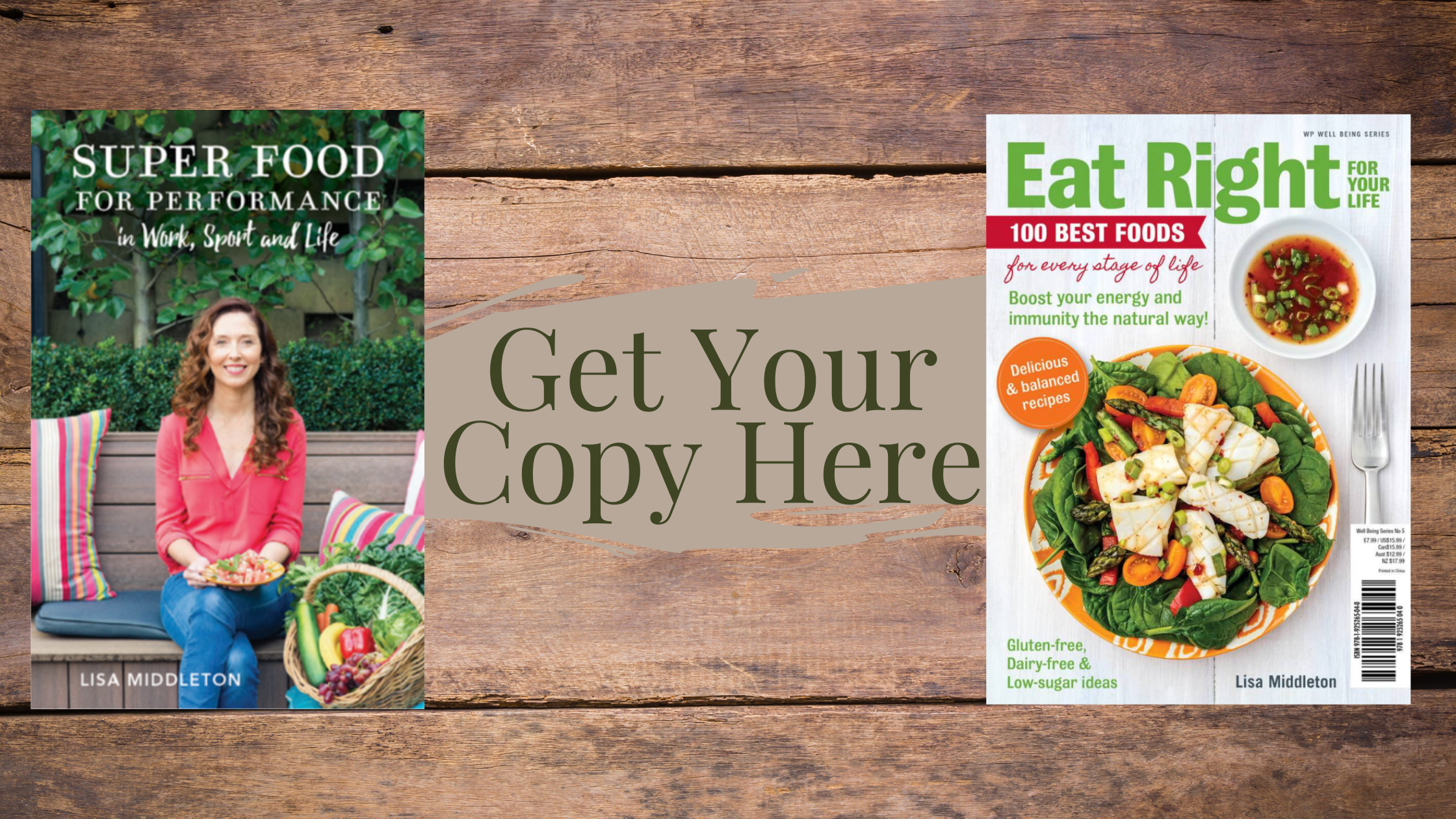I usually don’t feel alarmed too often when it comes to food, but a recent observation at a children’s sports camp left me certainly shocked, and genuinely disappointed.
As you may have guessed, this disappointment relates to soft drink, and children. I know there is an entire aisle in the supermarket dedicated to sugary, bubbly drinks but I never really thought about who actually buys and drinks this stuff….until I saw it with my own eyes – and I didn’t like it.
When I was a child, the only time we ever had a bottle of soft drink in the fridge was for someone's birthday or Christmas! It was a special occasion drink, and contributed to the excitement associated with kids’ parties and resultant sugar highs! I'm just not quite sure when carbonated water with sugar and additives became an everyday drink?
Research shows that a large proportion of the population’s sugar intake comes from sweetened beverages. This includes children, but I naively have never really taken much notice of what kids drink. I am pretty aware of the amount of sugar that my own children consume from foods and drinks, but I am not over-the-top when it comes to avoidance. I think that being a dietitian the assumption is that kids’ lunchboxes will be filled with only organic beans and kale crisps – so far from the truth! They eat what I would consider pretty standard school-age fare, including whatever they want when they are at a party (I don’t send them with a personalized bag of chopped vegetables!). But one food habit I am particularly solid on with my own children is the sugar-rich drinks, and I have now discovered this does make me a bit of an outlier when it comes to family fluid habits.
I am usually not one to bother too much about what other people are eating or drinking - adults can make their own food choices and we all have different needs at different times so I am certainly not one to judge. But I couldn’t look away, and to be honest felt really sad, when I saw the drinks popping out of the childrens’ lunchboxes at the junior camp. I just happened to be in attendance over the lunch break and noticed a group of girls who each had a can of soft drink in hand. I was then compelled to look around me a little bit more and honestly, I was truly shocked at the number of soft drink cans I saw. There was no canteen at the venue, so all of these primary school-age children had been sent to a sports camp, where they were going to be active all day, with soft drink packed in their bag?! I don’t understand.....
I am not sure whether the perception is that these kids will be active all day so a bit of sugar won’t hurt for energy, or that they need extra fluid for hydration so throw a can in? I totally get it that packing super-nutritious lunches everyday for kids is a challenge with busy lifestyles, but I don't understand the need to add a can of drink – especially for kids doing sport. Even traditional sports drinks aren't necessary most of the time for active kids (see my article Hydration is important, but what is the role of sports drinks and electrolytes and who needs them?)
The obvious downside of sweetened beverages is the sugar content, but we also need to consider the additives and acidity - the combination of sugar, acidity and reduced saliva production with exercise leaves young teeth exposed and particularly vulnerable to decay.
Water, milk and dairy-based fruit smoothies are all great options to hydrate and fuel young athletes.
Active kids don’t need sugar in a can for energy to run and play.
Keep an eye out for my next Thoughts post about infused water and making water more appetising if you don't love plain water.
For more nutrition updates I would love you to send you my free newsletter every month or two, please leave your details on my website Thoughts page. I am now on Instagram and you can follow me on Facebook and Twitter.































